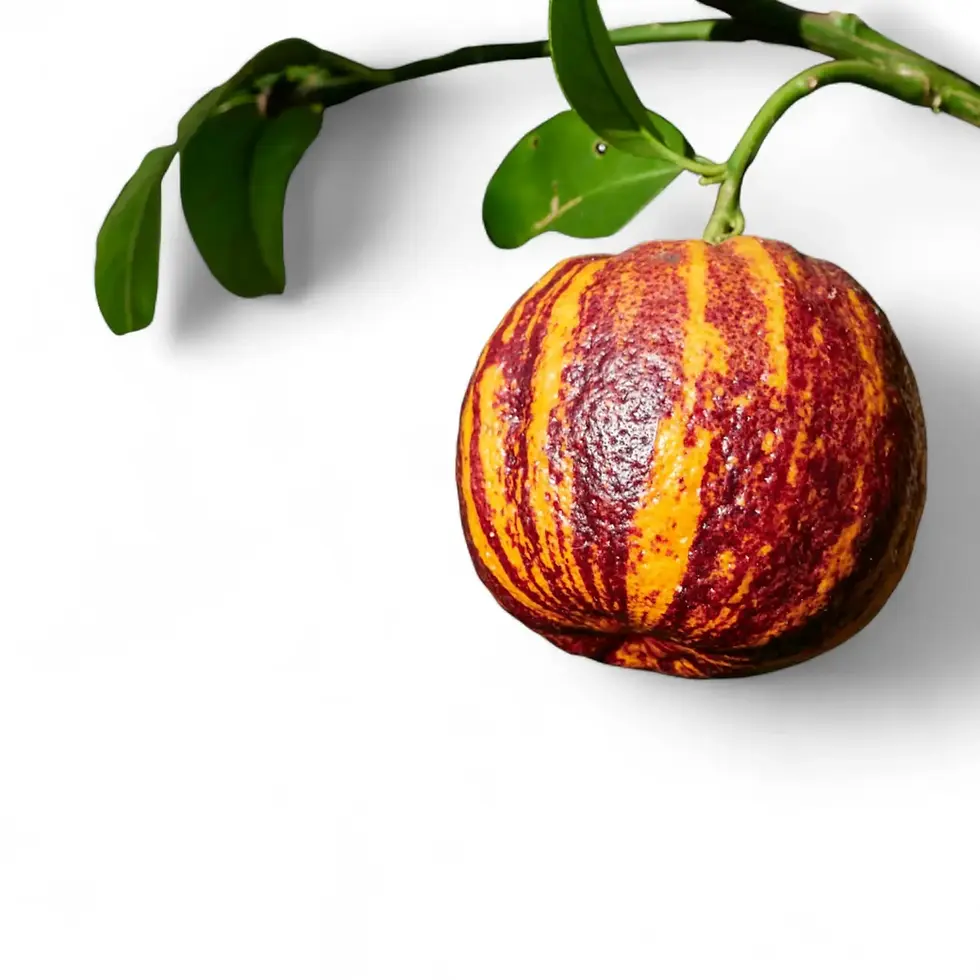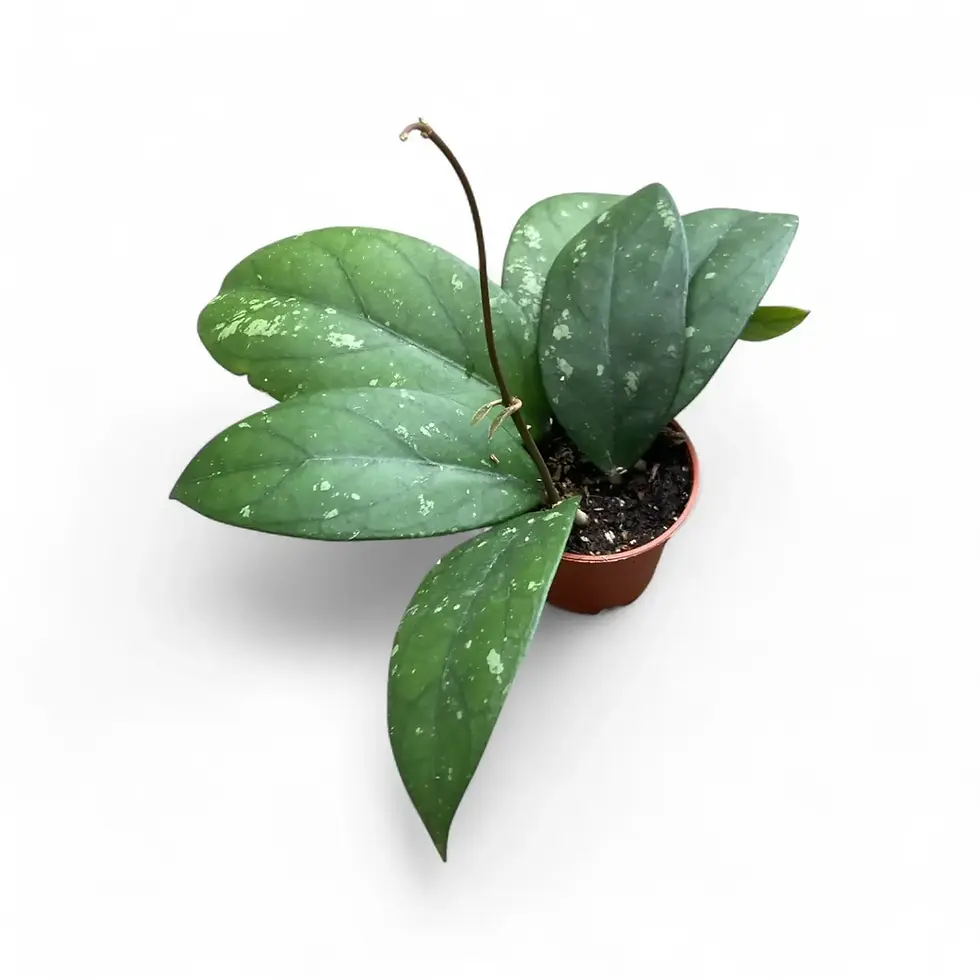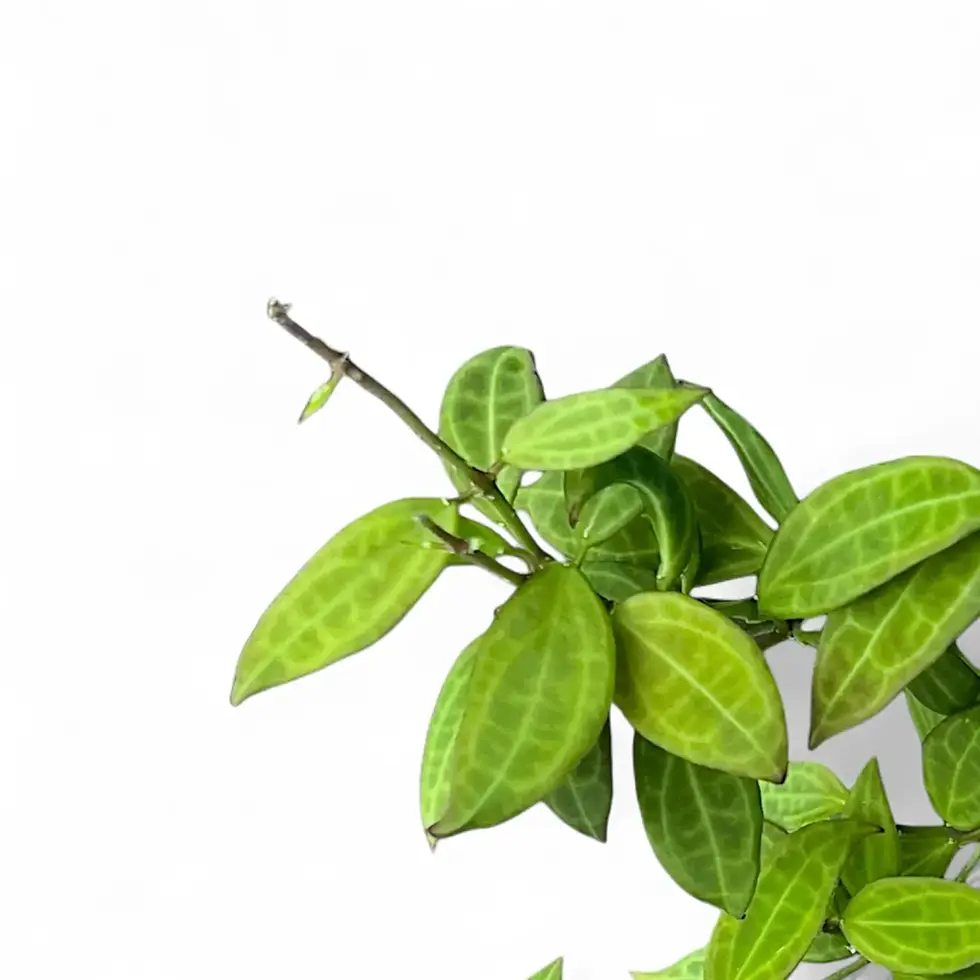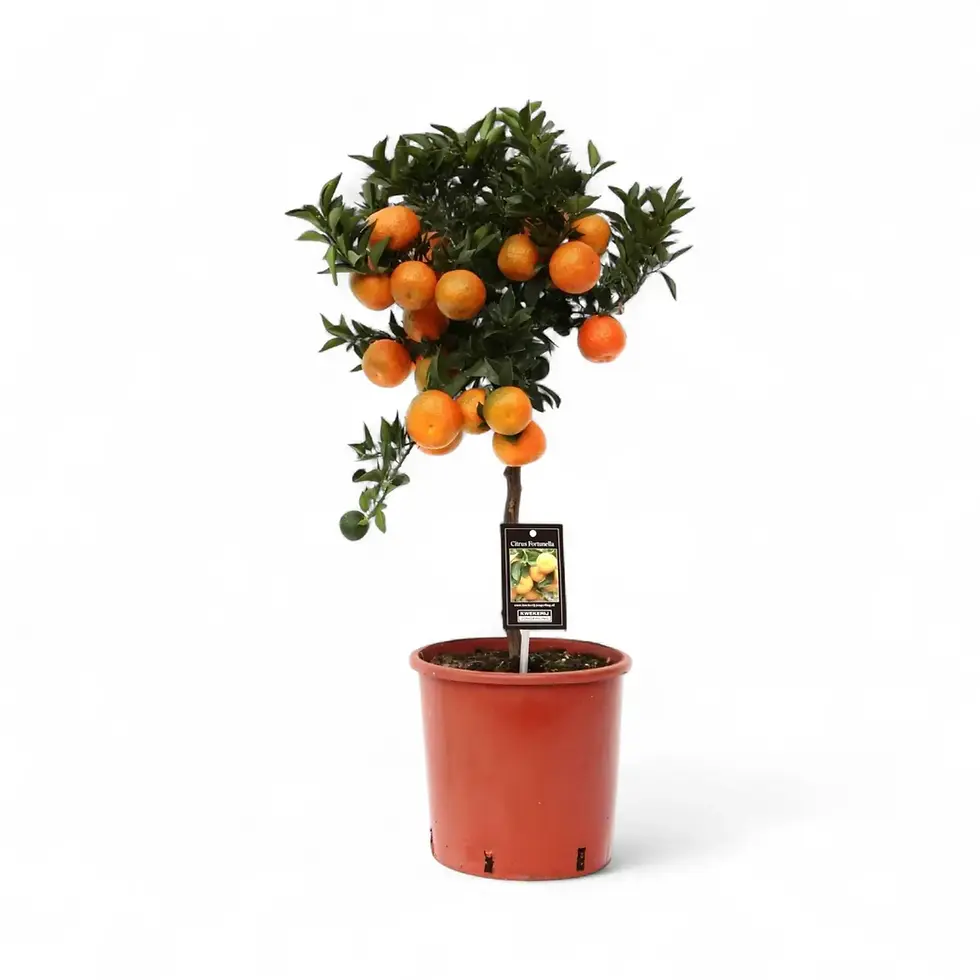Alocasia ‘Ivory Coast’ – Elegant Hybrid with Coral Stems
Alocasia ‘Ivory Coast’ is a bold hybrid from the popular Jewel Alocasia group, celebrated for its striking foliage and colorful petioles. Its arrow-shaped green leaves feature pronounced, pale venation, while coral-pink stems add a vivid contrast rarely seen in other aroids. With its upright structure and manageable size, this plant brings a tropical statement to bright indoor spaces.
Why Choose Alocasia ‘Ivory Coast’?
- Distinct look: Lush, dark green leaves with silvery veins and soft pink stems.
- Compact and decorative: Grows 60–90 cm tall indoors — perfect for tabletops or floor displays.
- Hybrid vigor: Combines beauty with robust growth under proper care.
- Collector appeal: A sought-after Alocasia cultivar for modern interiors.
Origins and Growth Habit
This cultivar belongs to the same hybrid group as Alocasia ‘Pink Dragon’ and similar jewel varieties. It inherits strong venation and upright leaves from its Amazonica lineage, while coral-hued petioles make it uniquely eye-catching. Indoors, it forms a neat clump that fits beautifully into curated plant displays.
Alocasia ‘Ivory Coast’ Care Guide
- Light: Bright, indirect light; too much sun can scorch leaves.
- Water: Keep soil evenly moist — never soggy. Allow the top 2 cm to dry before rewatering.
- Humidity: Prefers 60% or higher; grouping plants or using a humidifier works well.
- Temperature: 18–27 °C; avoid sudden drops and drafts.
- Soil: Well-draining aroid mix with perlite and bark for aeration.
- Feeding: Apply a diluted balanced fertilizer every 4 weeks during growth.
- Toxicity: Contains calcium oxalate — keep away from pets and children.
Styling Tips
Pair ‘Ivory Coast’ with neutral ceramic or stone planters to highlight its coral petioles. It works beautifully in tropical-themed corners or as a vibrant accent in modern interiors.
Common Problems and Solutions
- Yellowing leaves: Often from overwatering — improve drainage and adjust watering schedule.
- Browning tips: Linked to low humidity or inconsistent watering — raise humidity for healthier leaves.
- Pests: Susceptible to spider mites, thrips, and mealybugs; check regularly and treat early.
- Dormancy: Growth slows in cooler months — reduce watering and stop feeding until active growth resumes.
Interesting Details
‘Ivory Coast’ is often compared to Alocasia ‘Pink Dragon,’ but its paler petioles and softer vein contrast give it a more delicate look. A true conversation starter for any plant lover.
Etymology
The genus name Alocasia comes from Greek, meaning “different from Colocasia,” marking its distinction from related species. ‘Ivory Coast’ refers to its elegant pale vein structure and light-colored stems.
FAQs on Alocasia ‘Ivory Coast’
- Does it tolerate low light? No — insufficient light will cause slower growth and smaller leaves.
- Can I keep it outdoors? Yes, only in warm, humid climates above 18 °C; otherwise, keep indoors.
- Is it pet-safe? No — this plant is toxic if ingested.
Quick Care Summary
- Light: Bright, indirect
- Water: Moist but not waterlogged
- Humidity: 60%+
- Temperature: 18–27 °C
- Toxicity: Harmful if ingested
Bring home Alocasia ‘Ivory Coast’ — a vibrant tropical accent with sculptural foliage. Order now and make it the centerpiece of your collection!
Alocasia 'Ivory Coast'
Alocasia 'Ivory Coast' comes in following sizes:
Baby Plant – is approximately 14 cm tall, and comes in a ⌀ 6 cm pot
































